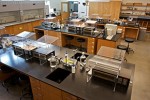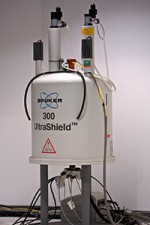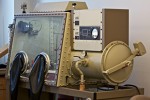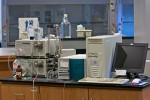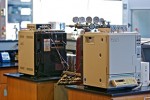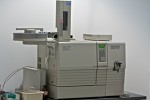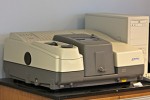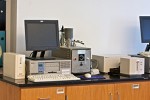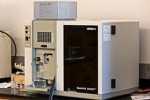Infrared (IR) spectroscopy exposes samples to a broad band of infrared radiation. The sample absorbs certain frequencies of the infrared light, corresponding to certain vibrational and bending modes of molecules. The frequencies absorbed can be interpreted as indicative of the presence of certain functional groups in molecules, as different functional groups have different vibrational modes. The Department of Chemistry maintains three IR spectrometers including a Thermo-Nicolet Nexus 670 FT-IR, a Thermo-Niclolet Avatar 360 FT-IR, and a Nicolet 210 FT-IR. IR spectroscopy is used in the general chemistry, organic chemistry, analytical chemistry, and physical chemistry courses.
